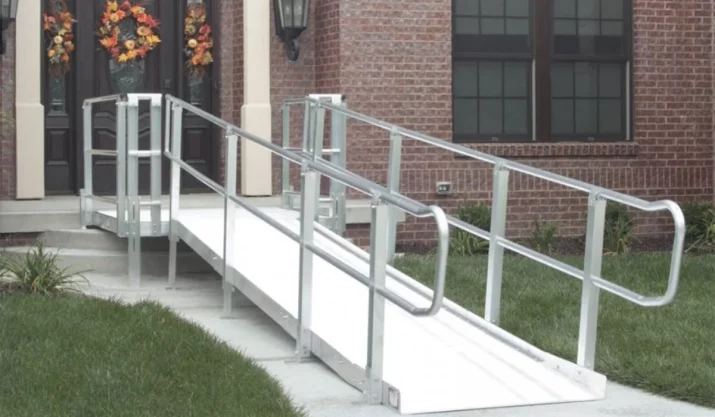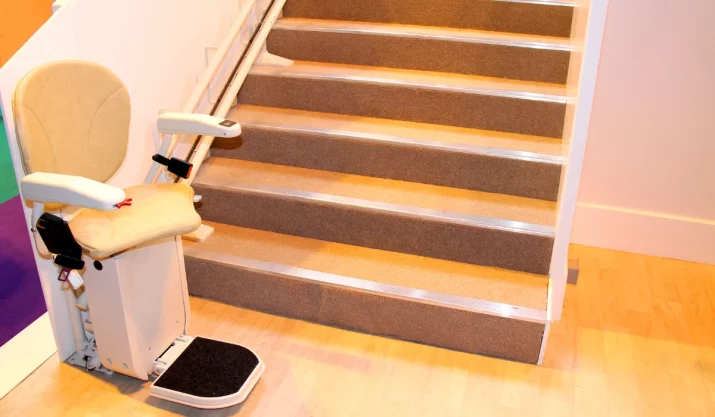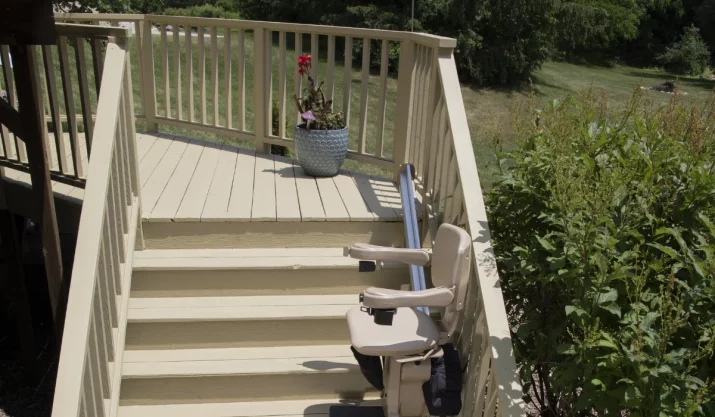How to Prepare Your Home for a Wheelchair Ramp Installation

Table of Contents
- Key Takeaways
- Check Which Entryway Works Best
- Follow ADA Standards and Local Building Codes
- Measure for Ramp Length and Turning Space
- Pick the Right Type of Ramp for Your Home
- Make Sure Your Doorway Is Accessible
- Smooth Out the Flooring and Thresholds
- Clear Walkways Around the Ramp
- Add Handrails and Grab Bars for Support
- Make Your Home Easier to Move Around In
- Talk to Your Installer About Your Family’s Needs
- Need Help Getting Your Ramp Installed?
- Frequently Asked Questions
If someone in your family has limited mobility, adding a wheelchair ramp can make a big difference. It helps them get in and out of the house safely and keeps your home wheelchair accessible. Whether you’re renovating a home in San Diego or planning for a loved one in Fresno, installing a ramp takes some planning.
This guide explains how homeowners can prepare their homes for a residential ramp. From checking your entryway to following ADA standards, we’ll cover what you need to know for a safe and smooth installation.
Key Takeaways
- The best entryway for a ramp is clear, level, wide enough, and easy for wheelchair users to navigate.
- ADA-compliant ramps must adhere to the 1:12 slope rule, include handrails, and comply with local building codes.
- Ramp length, turning space, ramp type, and doorway access all play a role in safe daily use.
- Indoor updates and assistance from an installer ensure that home accessibility meets your loved one’s specific needs.
Check Which Entryway Works Best
Start by selecting the most suitable door for the ramp.
For most people, that’s the front door. But if another door, like one from the garage, is easier for your loved one to reach, that may be a better choice. Ensure the entryway is clear, wide enough for a wheelchair, and has sufficient space for the full ramp length.
If there are steps or cracked walkways, you may need to repair or remove them before the ramp can go in.
Follow ADA Standards and Local Building Codes
Your ramp must meet ADA standards and follow California’s local building codes.
According to the Americans with Disabilities Act, a wheelchair ramp needs to rise at a slope of 1 inch for every 12 inches of length. That means a 24-inch rise needs 24 feet of ramp. ADA-compliant ramps also need handrails on both sides, a wide enough space for turning, and landings at the top and bottom.
A licensed installer can help ensure your ramp meets all the necessary regulations.
Measure for Ramp Length and Turning Space
You’ll need to measure the height from the ground level to the top of the stairs or threshold. Then calculate the ramp length using the 1:12 rule. Ensure there’s sufficient space for turns, especially if your loved one uses a home wheelchair or power chair.
In tight spaces, such as a small yard, L-shaped designs help maximize the area’s potential. A good ramp should allow for easy access in and out of the house.
Pick the Right Type of Ramp for Your Home
There are various types of ramps, each with its specific purpose.
Permanent ramps are fixed to the house. They are the best for long-term use. Modular ramps come in pieces and can be easily moved or adjusted as needed. Portable wheelchair ramps are great for short-term needs or travel.
If your home has steep stairs or a small footprint, a wheelchair lift or stair lift might be a better option. Consider your loved one’s specific needs and how they utilize the space.
Make Sure Your Doorway Is Accessible
Even with a ramp, the door can be a barrier if it’s not wide enough or easy to open. The front door should have a wide opening, with a minimum width of 32 inches, which is standard. You can add offset hinges to gain extra space.
Swap round doorknobs for lever-style door handles, which are easier for people with limited grip. Also, check the direction the door opens to make sure it won’t block the ramp.
Smooth Out the Flooring and Thresholds
Inside the home, ensure the flooring is safe and easy for wheelchairs to navigate.
At the entryway, a small bump where the ramp meets the floor can be fixed with a threshold ramp. Avoid loose rugs or carpeting that can shift under wheels. Slip-resistant flooring is best, especially in wet or high-traffic areas.
Clear Walkways Around the Ramp
Outdoor walkways leading to the ramp should be broad, level, and free of any obstructions that might impede access. Remove any clutter, garden tools, or outdoor furniture that could block the path.
In shaded or coastal areas, be aware of moss or leaves that can make the ground slippery. Consider adding lighting for safety at night.
Add Handrails and Grab Bars for Support
Handrails are required for ramps over six inches tall, but they’re a wise choice even for shorter ones. They help wheelchair users and family members stay balanced while moving up or down.
Inside the home, grab bars near doorways or along hallways give extra support and can make it easier to move from the ramp into other areas of the house.
Make Your Home Easier to Move Around In
Adding a ramp is just one part of home accessibility. You might also need to make changes in other areas of the home.
That could mean adjusting countertops for wheelchair clearance, relocating light switches to a lower level, or creating more space in narrow hallways. These changes help your loved one feel more comfortable and confident moving around the house.
Talk to Your Installer About Your Family’s Needs
Every home is different, and so is every situation.
Using a manual chair might require less space than someone using a powered device. A veteran in Bakersfield might have different needs than a senior in Long Beach.
Be sure to discuss your loved one’s turning radius, the best types of ramps, and whether a DIY solution will work, or if it’s better to bring in a pro.
Need Help Getting Your Ramp Installed?
At California Mobility, we help homeowners across the state create safer, more accessible homes. Whether you need portable ramps, a modular access ramp, or a full stair lift setup, we’ll help you choose the right option.
Our local team is well-versed in California’s building codes, terrain, and the unique challenges that come with everyday life. Whether you’re renovating a family home in the Central Valley or planning in the Bay Area, we’ll make sure your ramp is ADA compliant and wheelchair-friendly.
Contact us now, and let’s make your home easier for your loved one to enjoy.








